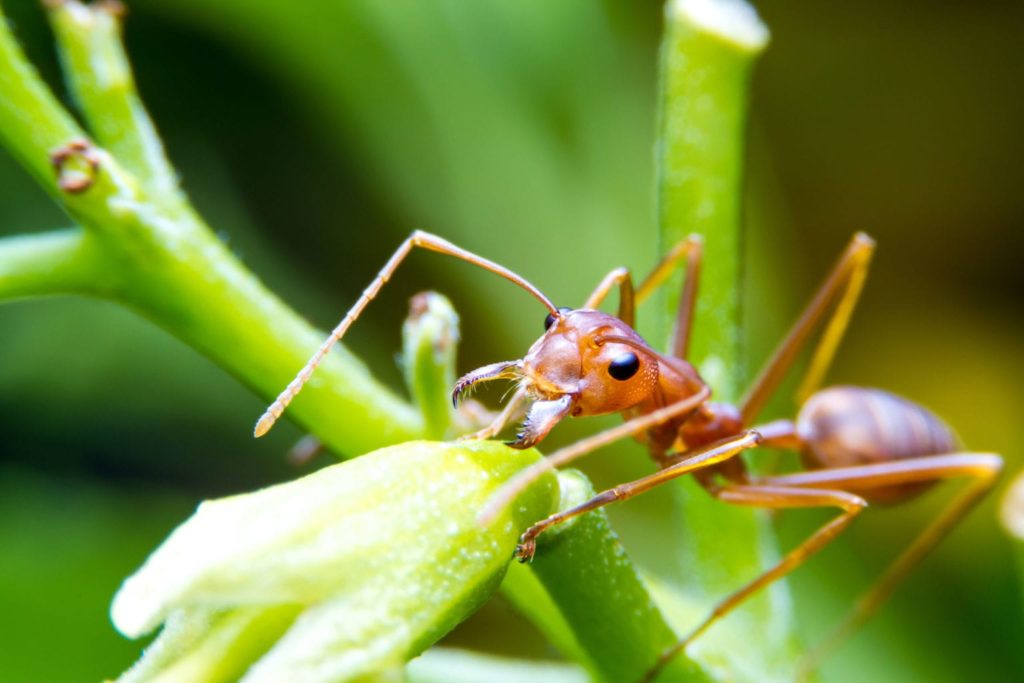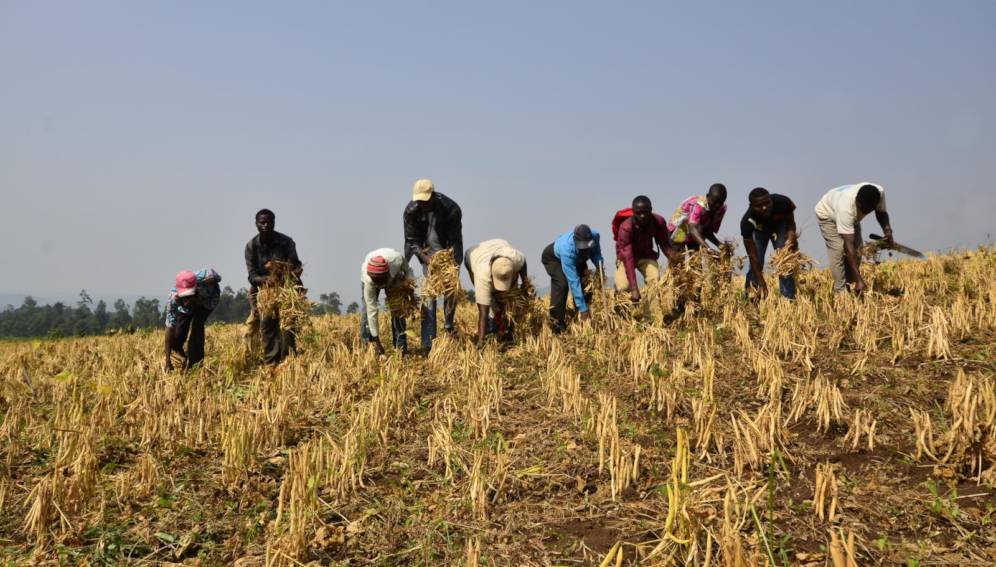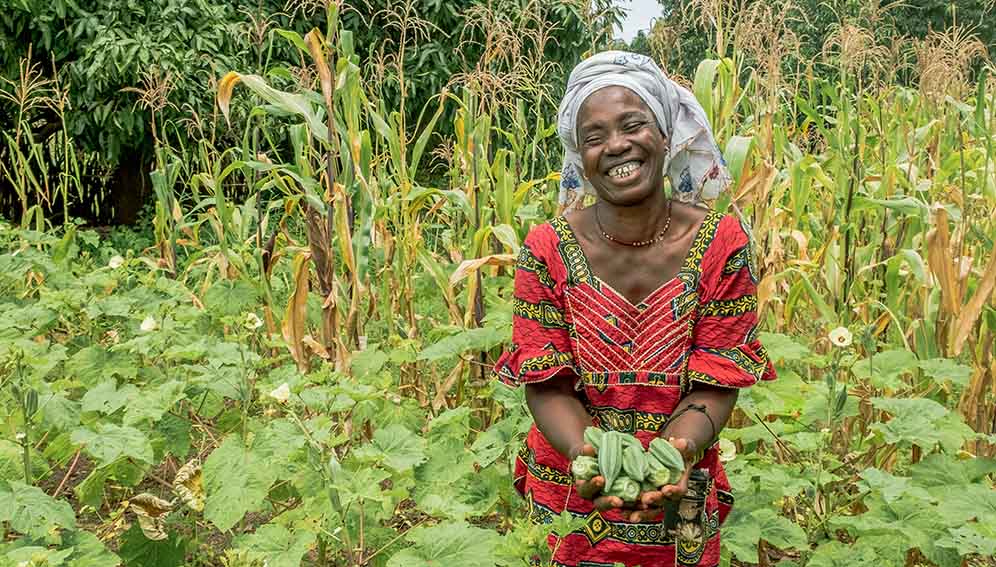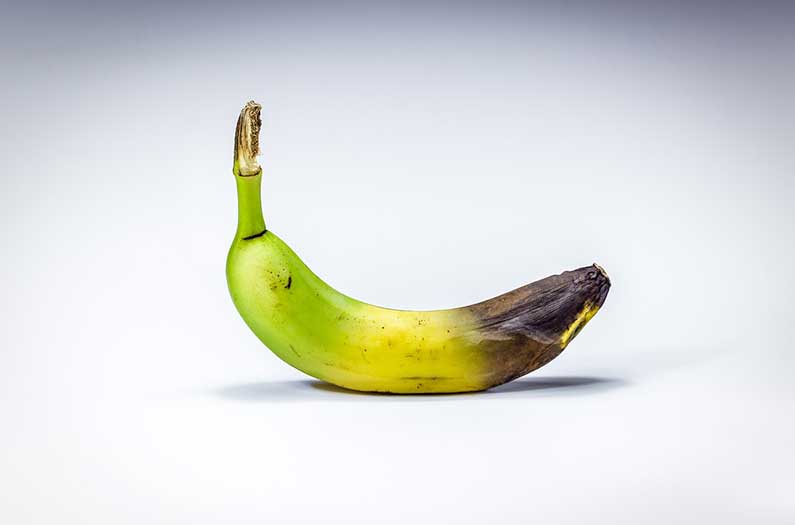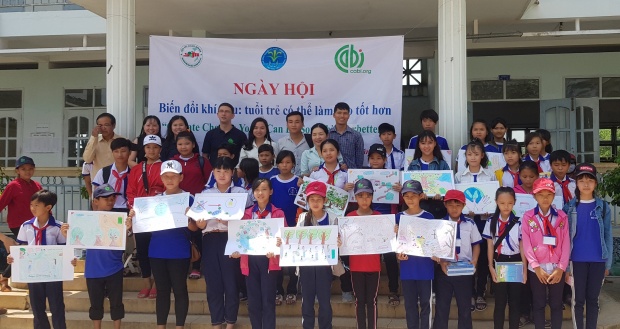A new AI-powered app scans banana crops for early signs of disease
By Emma Bryce. Reblogged from Anthropocene. The banana is the world’s most popular fruit: we consume 100 billion of them a year. And yet, their future is threatened by a spate of diseases that are ravaging crops worldwide. Now, researchers have developed a tool to tackle these silent killers: an artificially-intelligent smartphone app that can scan banana…
Transforming farmers and plant doctors into pest-smart agents in their communities
By Sathis Sri Thanarajoo. Reblogged from the CGIAR research program on Climate Change, Agriculture and Food Security blog. Pest-Smart program aims to increase the awareness of farmers on alternative pest-related practices and enhance the capacity of plant doctors in dealing with pests and diseases. Farmers and plant doctors in Ekxang Climate-Smart Village (CSV) in Laos were trained…
Exploring the “art” in “climate-smart”
Originally published on CGIAR CCAFS Art has a place in climate discussions. Children, who are usually deemed too young to understand complex topics such as climate change must be involved as well. A campaign with the theme “Climate Change: Youth Can Do Something” was organized on 7 October 2018 in Tra Hat Climate-Smart Village (CSV)…
Unregistered herbicides use rampant among smallholders
By Alex Abutu. Reblogged from SciDev.Net. African rice smallholders are increasingly using low-quality, unregistered herbicides because of inadequate capacity of governments to enforce strict monitoring of national pesticides regulations, a study says.
Amid global soil crisis, governments struggle to reach farmers
By Fatima Arkin. Reblogged from devex. To help tackle nutrient deficiency and plastic pollution in India’s soils, the country has one of the best knowledge delivery systems and trained human resource power in agriculture research. And yet, over 59 percent of the farming households receive no assistance from either their government or the private sector,…

